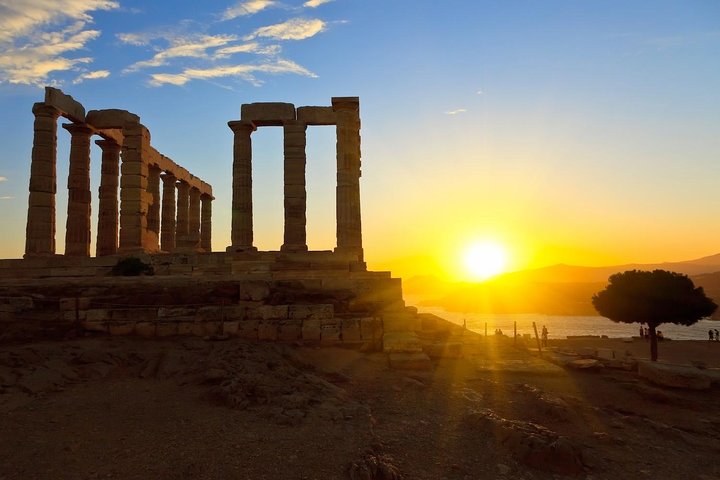Exploring Athens: A Journey Through the Cradle of Western Civilization
As a historian with a passion for ancient ruins, the allure of Athens was irresistible. The Panorama of Athens tour promised a deep dive into the city’s rich history, and I was eager to explore the birthplace of democracy and philosophy.
A Journey Through Time: The Acropolis and Beyond
As a former professor of European history, my travels often lead me to places where the past whispers through ancient stones and echoes in the architecture. Athens, the cradle of Western civilization, was a destination I had long yearned to explore. The Panorama of Athens promised a comprehensive journey through the city’s most significant historical sites, and it did not disappoint.
Our day began at the Acropolis, the iconic hill that has stood as a symbol of Athenian democracy and philosophy for millennia. As we ascended the Propylaea, the monumental gateway, I was struck by the sheer scale and grandeur of the structures. The Temple of Athena Nike and the Erechtheion, with its famous Caryatids, stood as testaments to the artistic and architectural prowess of ancient Greece. The Parthenon, dedicated to Athena Parthenos, was a marvel of Doric design, its columns standing tall against the azure sky.
From the Acropolis, we gazed out over Athens, the city sprawling beneath us like a living tapestry. The theater of Dionysus, the birthplace of Greek drama, lay at the foot of the hill, a reminder of the cultural innovations that flourished here. Our guide, a knowledgeable historian, enriched our experience with tales of the city’s past, weaving stories of gods and heroes with the political and social history that shaped Athens.
The Heart of Ancient Athens: Agora and Beyond
Leaving the Acropolis, we ventured into the Ancient Agora, the bustling heart of classical Athens. This was where Socrates once walked, engaging in philosophical debates that would lay the foundations of Western thought. The Temple of Hephaestus, one of the best-preserved ancient temples, stood proudly amidst the ruins, its columns a testament to the enduring legacy of Greek architecture.
Our journey continued to the Panathenaic Stadium, a site that bridges the ancient and modern worlds. Here, the first modern Olympic Games were held in 1896, a revival of the ancient tradition that celebrated human achievement and competition. The stadium’s marble seats gleamed in the sunlight, a reminder of the enduring spirit of the games.
As we moved through the city, we paused at the Parliament building to witness the Changing of the Guard, a uniquely Greek tradition that added a touch of contemporary culture to our historical exploration. The Evzones, with their distinctive uniforms, performed their ceremonial duties with precision and pride.
A Stroll Through History: Plaka and Monastiraki
Our final destination was the Plaka district, a charming neighborhood nestled beneath the Acropolis. Its narrow streets and neoclassical buildings exuded a village-like atmosphere, a stark contrast to the bustling city beyond. Here, we wandered through the Monastiraki Flea Market, a vibrant hub of activity where the past and present coexist in a colorful tapestry of sights and sounds.
As the day drew to a close, we dined at a traditional Greek grill restaurant, savoring the flavors of the Mediterranean. The experience was a fitting end to a day steeped in history and culture, a reminder of the rich tapestry of human achievement that Athens represents.
Reflecting on the day’s journey, I was reminded of the words of Pericles, who once said, “What you leave behind is not what is engraved in stone monuments, but what is woven into the lives of others.” The Panorama of Athens tour was more than just a walk through ancient ruins; it was a journey through the very fabric of Western civilization, a tapestry woven with the threads of democracy, philosophy, and art.


















































